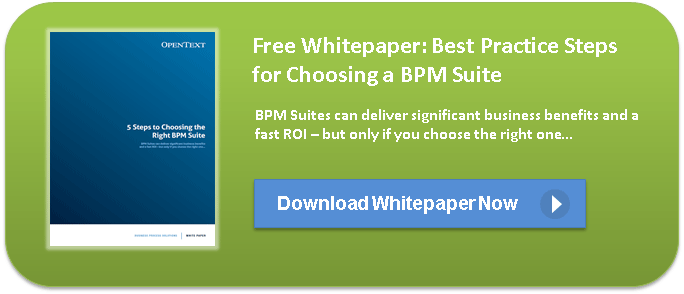These seven principles describe the overall philosophy of Lean BPM, and all seven must be present in any Lean BPM practice or methodology for the full benefits of Lean BPM to be realized.
Principle 1
Process analysis, design, management and operations are driven from an observational perspective of outputs, outcomes or customer outcomes.
Principle 2
From that perspective, the work and the design of work within a process is scrutinized in respect to value (i.e. valuable and necessary contribution to the output, outcome or customer outcome).
Principle 3
Lean BPM process scrutiny leaves “no stone unturned” in questioning existing work practices, business rules, process designs and work patterns with the essential question of the Lean BPM practitioner being “Why?”
Principle 4
Processes are simplified by the elimination of non-value added work and work design based on value scrutiny (in almost all cases, Lean BPM results in a reduction in steps, activities, hand-offs, interactions, and the number of objects within a given process).
Principle 5
To efficiently produce desired outputs, outcomes or customer outcomes, processes must be composed in a way that yields high personal productivity, taking into account how work really gets done within the context of each process participant.
Principle 6
Analysis, design and improvement planning produces a series of relatively independent improvement activities that can be implemented serially or in parallel (agile not waterfall).
Principle 7
Implementation of improvement, from inception (we need to improve this) to operation (our improvement is implemented and in production), occurs as a relatively short-duration activity that rarely exceeds 12 months (1 year) and most frequently falls into the 3 – 6 month time frame.
I hope you can take some useful information away. As always we would like hear your thoughts on this.


